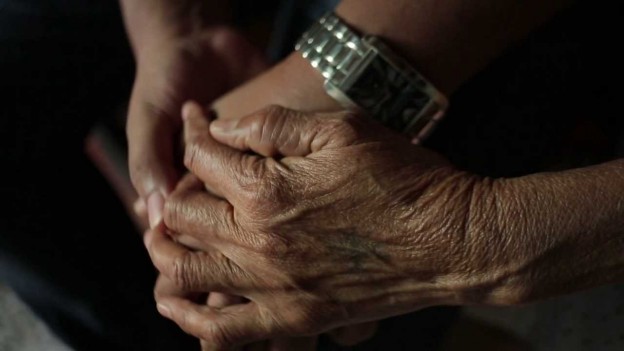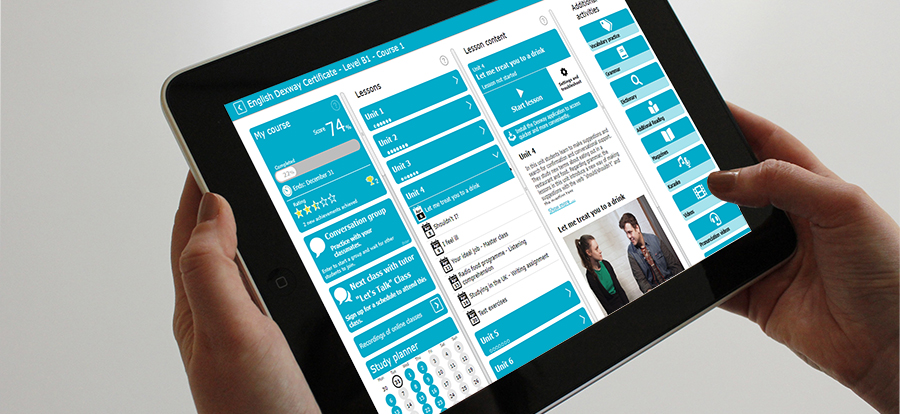Rickshaws, American-Style
By STEVE FOX
The U.S. approach to foot-powered transport combines advertising, jokes and tips instead of fares.
Picture this. A young man with what appears to be a small carton of McDonald’s French fries dangling in front of his face pedals along, talking and joking with the couple riding behind him in a pedicab plastered with ads for the company’s fast food. This is a rickshaw, American-style, a modern-day version of an ancient mode of transportation that combines advertising, comedy routines, sightseeing tours and plain old “take-me-to-my-hotel” requests in an industry that has spread to dozens of cities across the United States.
“We offer ‘transportainment,’ ” says Dana Bein, a driver who also manages the Boston office of National Pedicabs, which has about 75 drivers in the peak summer season. “My customers have a lot of fun and I get a lot of repeat business.”
National Pedicabs’ owner Ben Morris launched the business in 2005 with five pedicabs in Boston, Massachusetts. His company now has about 125 pedicabs in Washington, D.C., San Francisco, California, New York City and Fort Lauderdale, Florida. National Pedicab drivers include college students, individuals who are unemployed or between jobs, teachers, firefighters, even attorneys and accountants—basically people who want to earn some extra money while exercising and interacting with customers.
“What other kind of job is there where you get exercise, you’re outside, you meet all kinds of interesting people and you also make some money?” asks Morris. “It’s fun, although you have to be a particular kind of person to be good at it, because it’s basically a sales job.”
Drivers at pedicab companies around America generally lease their vehicles for daily fees that vary with the season and increase when there is a big event where demand will be high. There are usually no set fares, with drivers operating on a tip-only basis, an approach that enables companies and drivers to avoid city regulations governing taxicabs—but also makes for some interesting situations.
“A lot of times people try to barter—some drivers have been offered food,” Bein says.
“One time I was waiting on a corner and a guy ran up to me and handed me $5 and told me to watch his car and if the meter maid [parking enforcement] came along and I held her off, there was more in it for me. Right after he left, she did come along and so I started talking to her and told her I was interested in becoming a meter maid. While I was distracting her, the guy comes running back, gives me another $5, gets in his car and takes off before she could give him a ticket.”
Drivers who work during busy times such as Boston Red Sox baseball games, can make $200 in a shift, Bein says, although working only for tips means that on occasion a passenger refuses to pay anything.
“Sometimes you get stiffed—it happens and there’s nothing you can do except make a joke out of it,” says Bein. “I had a couple of teenage girls who stiffed me, got out of the cab and went into a Gucci store. So I turned to the people on the sidewalk and said, ‘Can we give these girls a round of applause? They stiff me and then go to Gucci.’ You can’t let one incident get you down. You’ve got to be a kind of free spirit. You can’t be someone who is easily embarrassed and you have to be somewhat of an extrovert. The guys and girls who make most money are those who are most willing to strike up conversations with people.”
Wayne Whiting, who operates Eugene Pedicabs in the college town of Eugene, Oregon, notes that working for tips can make for some small—and large—paydays.
“I had one guy who got a ride from downtown to the university and on the way he bought a hot dog and gave the vendor a dollar tip,” Whiting recalls. “Then, when we got to his destination, he said he only had a dollar. On the other hand, I’ve had a couple of my drivers get tipped $100. You never know. There aren’t very many women who do this, but the ones I know who have done this make incredible money. What you need working for tips is an outgoing personality. You can’t be afraid to talk to people.”
While the drivers generate their income from tips, many pedicab companies derive much of their income from advertising, with panels promoting products and companies attached to the sides and backs of the pedicabs.
“For us, it’s essentially an ad business,” says Morris of National Pedicabs. “Once you get outside the home, billboard advertising is the dominant medium. But now some of the major brands are starting to look for nontraditional media and pedicabs are starting to gain more acceptance. Our advertisers include Comcast, Yahoo!, Anheuser-Busch, McDonald’s, Bacardi, Safeway, Timberland—major companies. It’s very reasonably priced—you can buy [advertising on] 20 pedicabs in Boston for less than the price of a billboard on the highway.”
On the crowded streets of New York City, pedicabs are an environmentally friendly way of moving both passengers and freight, explains Gregg Zukowski, owner of Revolution Rickshaws and past president of the New York City Pedicab Owners Association.
“It’s important to recognize that pedicabs are a holistic and sustainable transportation solution,” Zukowski says. “When you use a motor vehicle, you’re polluting and you’re using imported oil. Pedicabs are a good solution to moving around in the city. The average speed of all motorized vehicles in midtown Manhattan is about four miles per hour. Pedicabs can do better than that, especially at rush hour.”
Zukowski, who has been doing it for eight years, notes that driving a pedicab in New York City isn’t for everyone.
“It’s a very intense environment—high risk, high reward,” he says. “It’s very challenging with all the cars, trucks, law enforcement, rush-hour traffic. If you can keep your wits about you and find people who are looking to move around, you can do all right. I’m very confident about the service I’m selling. I get a good workout and I can drive about 20 hours a week and can pay my way.”
Getting away from motorized transportation is an emphasis of Tim Wilhelm, who does business as Rickshaw Willie in Akron, Ohio.
“I’d like to see more people on bikes,” Wilhelm says. “I like to ride bicycles and I’ve found a way to make money at it. My main occupation is as a truck driver, but I ride on the weekend. I have fun, make a little cash on the side and it keeps me in shape too. I also do breast cancer [fund-raising] walks—I’ll ride along and if there are women who get tired and can’t finish, I’ll pick them up and help them out.”
Many pedicab companies and individual drivers buy their vehicles from Steve Meyer’s Main Street Pedicabs in Denver, Colorado.
“I first saw rickshaws when I was traveling in India in the 1970s, but it’s a different situation there,” Meyer says. “In India, people of all classes take pedicabs but the status of the driver is in question. We don’t have the same class structure here. In our society, the value system is that a young person just starting out in life does whatever kind of work they can do. Also, pedicabs appeal to Americans because of the independence—drivers can work when they want. If they want to go skiing one day and work the next, it’s their choice.”
Main Street Pedicabs sells several different types of pedicabs, including passenger, billboard and freight models, with the price of a passenger model starting at about $2,900 and going up from there, depending on what additional equipment is chosen.
“We started out selling locally and now we sell all over the world,” says Meyer, whose company is nearly 20 years old. “However, pedicabs are still a small industry in America—there are more pedicabs in most cities in India than in all of the U.S. But if it hadn’t been for the advertising revenue, the industry wouldn’t have taken off at all. Pedicabs are an expensive bicycle, but an inexpensive billboard.”
Steve Fox is a freelance writer, former newspaper publisher and reporter based in Ventura, California.



